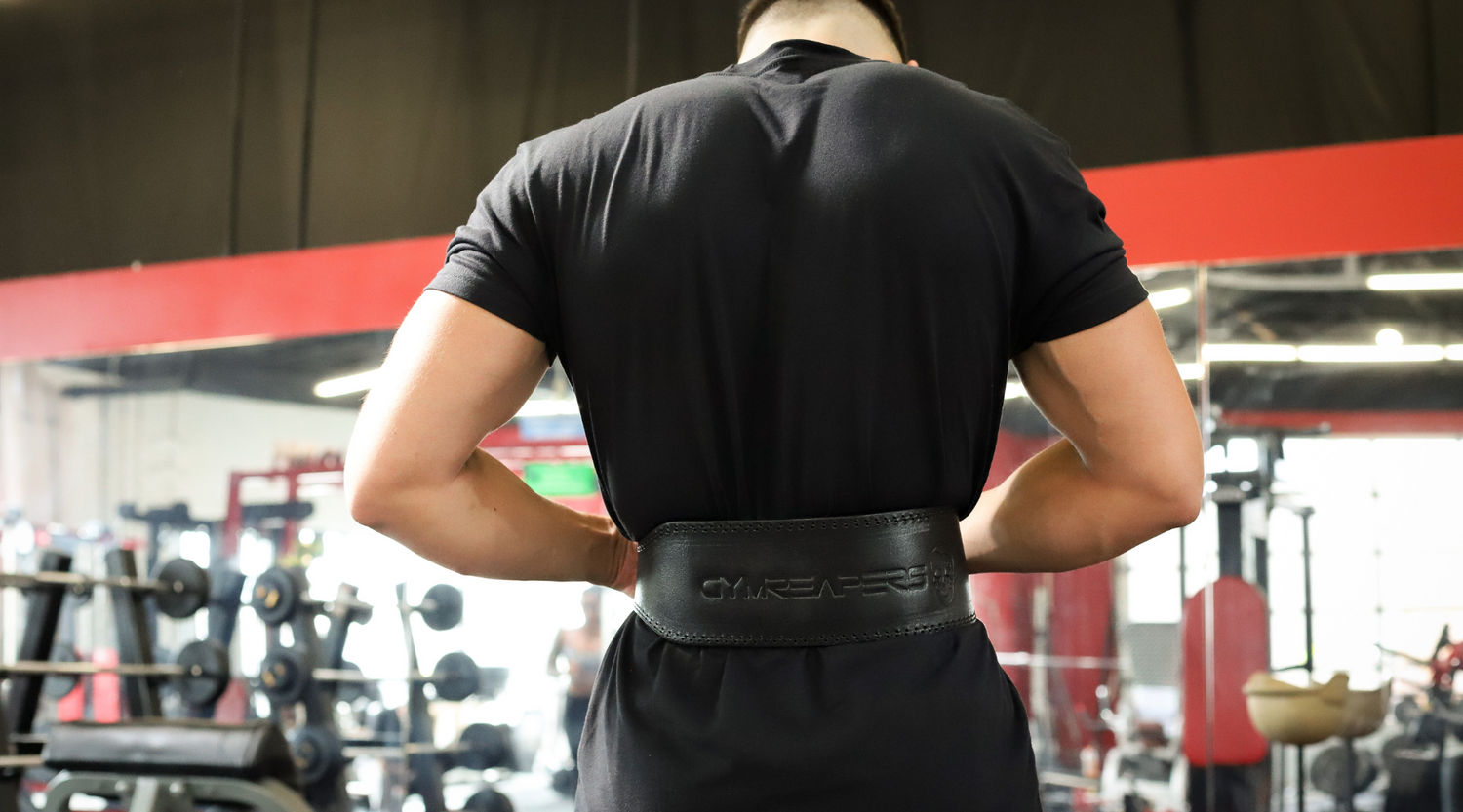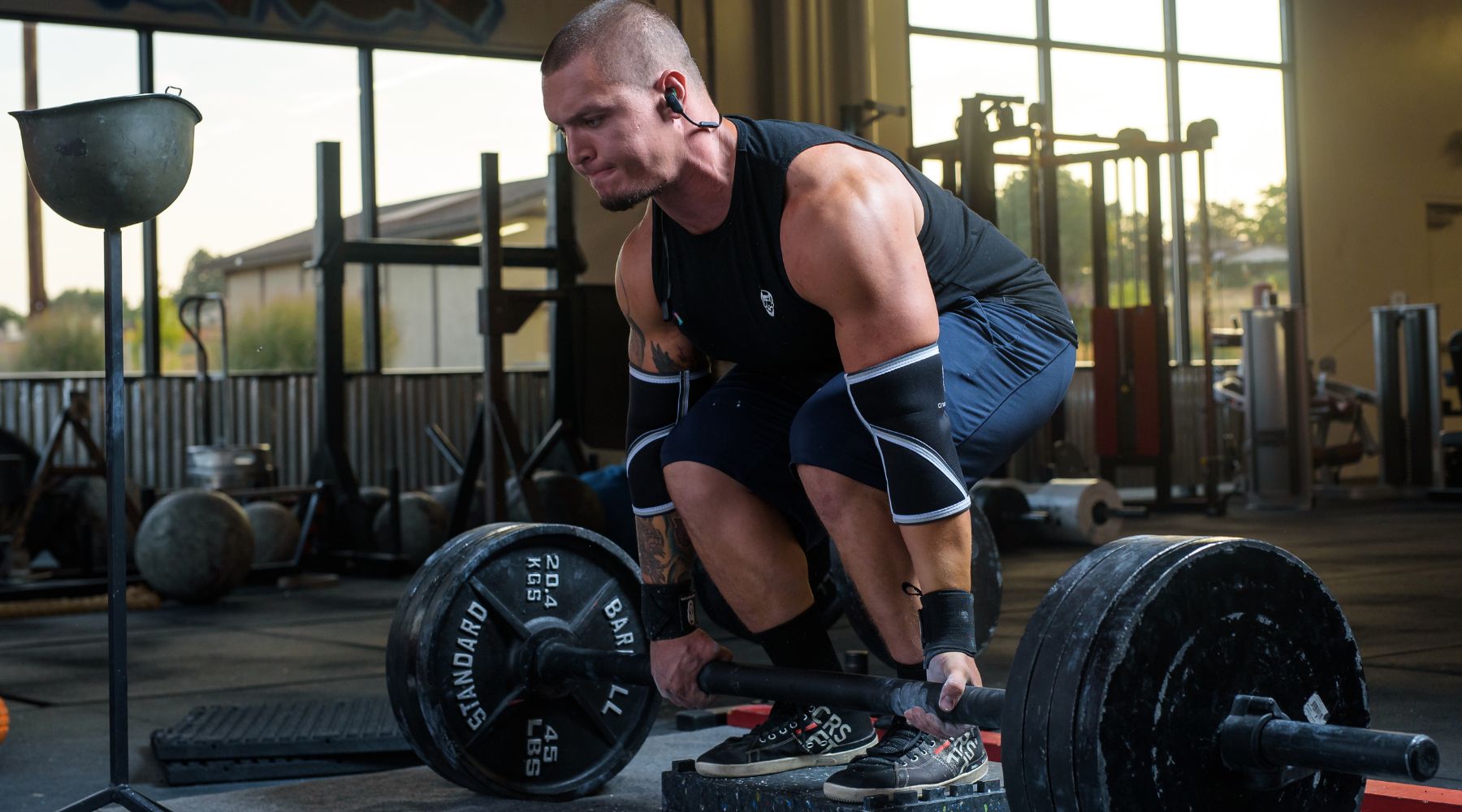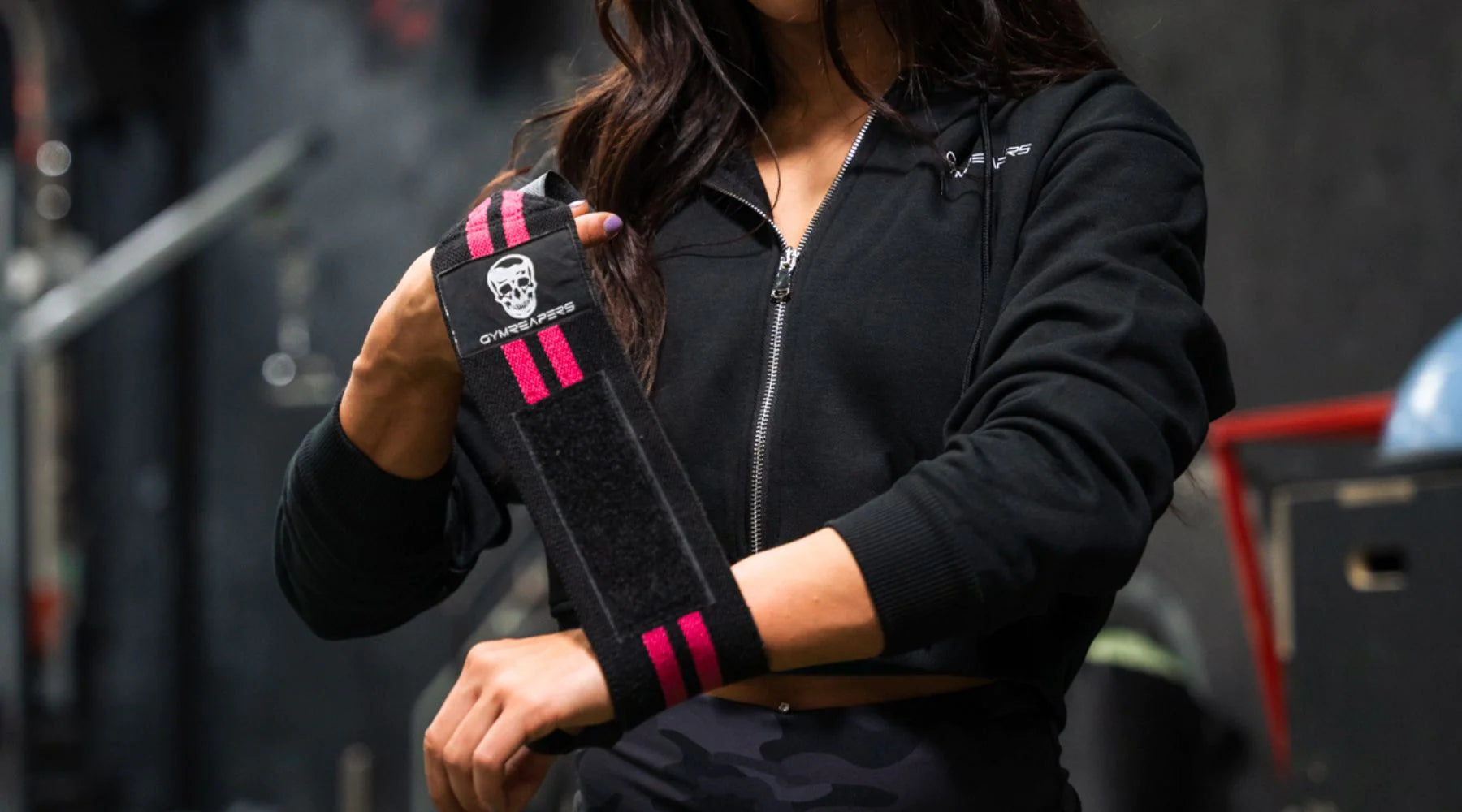Not being able to get a belt off after a heavy set is not an enjoyable experience, and is often one filled with panic.
If you cannot get your weightlifting belt off, you first need to stand tall, suck in your abdomen, and make your torso as narrow as possible. By doing that you may be able to work the belt free. Having a friend help you pull the belt to create more slack is also a great option.
Below I will cover in detail exactly what to do if you cannot get your weightlifting belt off, and go over how different styles of belts can change the approach you need to take. Lastly, we will go over a few ways to avoid this problem all together, or to minimize it to the best of your ability.
4 Ways To Remove A Weightlifting Belt That You Can't Get Off
If you find yourself in a situation where you cannot get a weightlifting belt, you typically have a few options that will work. The type of fastener will also determine what steps to take, however, both may require you to suck in and have a friend help you.
1. Suck In Everything
If you have issues getting the belt off after a lift, stand up tall, suck in the abdomen, and get as skinny as you can. This will usually allow enough slack in the belt to get it unfastened.
Odds are you got the belt on and had it very tight through sucking in the abdomen, standing tall, and fastening the belt very tightly. As you relaxed and let everything push into the belt, it may have really settled in and got snug.
2. Have a Friend Help
If you are still having issues and cannot get the belt off yourself, ask someone to help you. The other person should grab the end of the belt while you suck everything in, and try to provide enough slack in the belt to free the fastener.
You may need to hold on to something so that your friend can really pull on the belt and not have you come with it.
3. Use Squat Rack to Help (Prong Style Belt)
In the most extreme cases, you may need to suck everything in, have a friend help, and use a squat rack to give you some extra leverage.
The squat rack (or any other sturdy post) can be used to push the end of the belt that your friend is holding into the beam, acting as the anchor.
Once you have that secured, you will turn and lean away from the beam and pull against the belt (in the opposite direction of the prongs.
4. Pry the Lever Open (Lever Style Belt)
With a lever, you will need to suck in while having a friend pull up on the lever to unclamp it. You may even need to push some of the belt inward to release some of the pressure pushing out against the prongs.
If your friends have issues getting enough leverage to open the lever, they can try using a crowbar (place a towel on the bottom of the crowbar to not scratch up the leather belt). This is of course very extreme, and I have personally never had to do this (but it is an option).
Why Are Weightlifting Belts Hard To Get Off?

While ease of taking a belt off is not something most lifters should use as a criteria on which to choose, it is important to at least recognize that some belts are harder to put on and take off.
Generally speaking, the harder the belt is to get on, the more support it offers. The drawback is that it is then often more difficult to take off.
Below are three main factors that can impact how easy or difficult it is to get a belt off.
Stiffness of the Belt Material
A stiff belt may be harder to take off if it is not broken in, or if it just happens to be very thick (such as 13mm belt).
When the material is stiff, it offers great rigidity and support for heavy loads, however, it can be tougher to get a snug fit initially. To get that fit, you often need to crank down on the prong or lever to secure it, making it much more difficult to open it back up when taking it off.
Fastening System (Prong vs Lever vs Velcro) on Belt
Velcro belts are the easiest to take off, as they are fastened by velcro and can quickly be pulled apart.
Velcro belts with a ratchet system are also very easy to take off but add more belt security (so they do come off mid-lift) than standard velcro belts.
Prong belts are generally easy to take off, but may be trickier if you have more than one prong (double or triple prongs).

The more prongs you have, the more security you will get, but it can be tricky to take off as you need to move all the prongs out of their notches at once.
When sized correctly, lever belts are very easy to unclamp. However, if they are not sized correctly they can be the most challenging belt to take off.
If your weight fluctuates a few pounds and you do not adjust the belt, you may find it very challenging to unclamp once you squeeze yourself into the belt. This is why it is important to always ensure your sizing is correct.
Can Happen Due to Improper Sizing
Improper sizing not only makes it difficult to get a snug fit but can also lead to squeezing into a belt that is too small (which means it will be very difficult to take off).
This is why it is important that you eat a belt that is sized to your body, especially when selecting a prong or lever belt made of leather.
The more prongs a belt has, the more you need to make sure you are sized properly, as getting one prong undone is far easier than getting three undone when you squeeze yourself into a belt.
Lever belts can also be very challenging to take off if your sizing is not correct, making it critical to measure yourself when selecting a lever belt and adjusting the lever placement in the event you gain or lose weight (the circumference of the waist or torso changes).
How To Make Your Weightlifting Belt Easier To Get Off

Below are a few ways to make it easier to take your belt off after a set.
Get the Proper Sized Belt
Choosing the proper size belt is your best way to make it easier to get a belt off. If you choose a belt that is too small and decides to squeeze yourself into it, just know that belt will be very difficult to off.
When choosing a belt, you want to make sure to look at the sizing information for that exact product and to measure the circumference of the area in which you intend to wear the belt.
Also, you need to understand that belt sizing may be different based on the belt style (prong, velcro, or lever), so be sure to read the individual belt specifications (all Gymreapers belts come with individual sizing guides).
Break in Your Leather Belt
Breaking in a leather belt takes time, but once broken in the belt will often “mold” to your torso and allow you a snug and secure custom fit. By having a good fit, you won't need to over-tighten the belt.
In a prior article, we discussed ways to break in your leather lifting belts, which include tips like lifting in it during warm-ups, storing it in a rolled-up position, and bending the leather back and forth to break in the material.
Don’t Wear a Belt that is TOO Tight
If your belt is too tight, you will not be able to fully expand your belly into the belt, may get bruising around the hips (top of the hip bones), and can even become lightheaded.
The best way to determine if the belt is tight enough is to have someone put their fingers down the backside of the belt when you have exhaled a big breath. They should be able to barely wiggle their finger in between the belt and your back, barely.
This will allow you just enough space to fill that space up when you take a deep inhale during your lift.
2 Belts That Are Easier To Get Off
Below are two belt options for people who may be concerned about getting belts off (or are scarred by a prior experience).
Gymreaper 10mm Single Prong Belt

This leather belt provides great support and rigidity for compound exercises. The single-prong fastener is secure, but not an overly complex fastening system. The single prong can easily be adjusted, and if you have issues getting it off you can suck in your midsection and pull the single prong free.
Gym Reaper Nylon Belt

This is by far the easiest belt to take off and never gets stuck. That said, it doesn't provide nearly as much support and rigidity as a prong or lever-style belt, but if you just want an easily adjustable belt for general fitness movements, then this is a great option.













Leave a comment
All comments are moderated before being published.
This site is protected by hCaptcha and the hCaptcha Privacy Policy and Terms of Service apply.